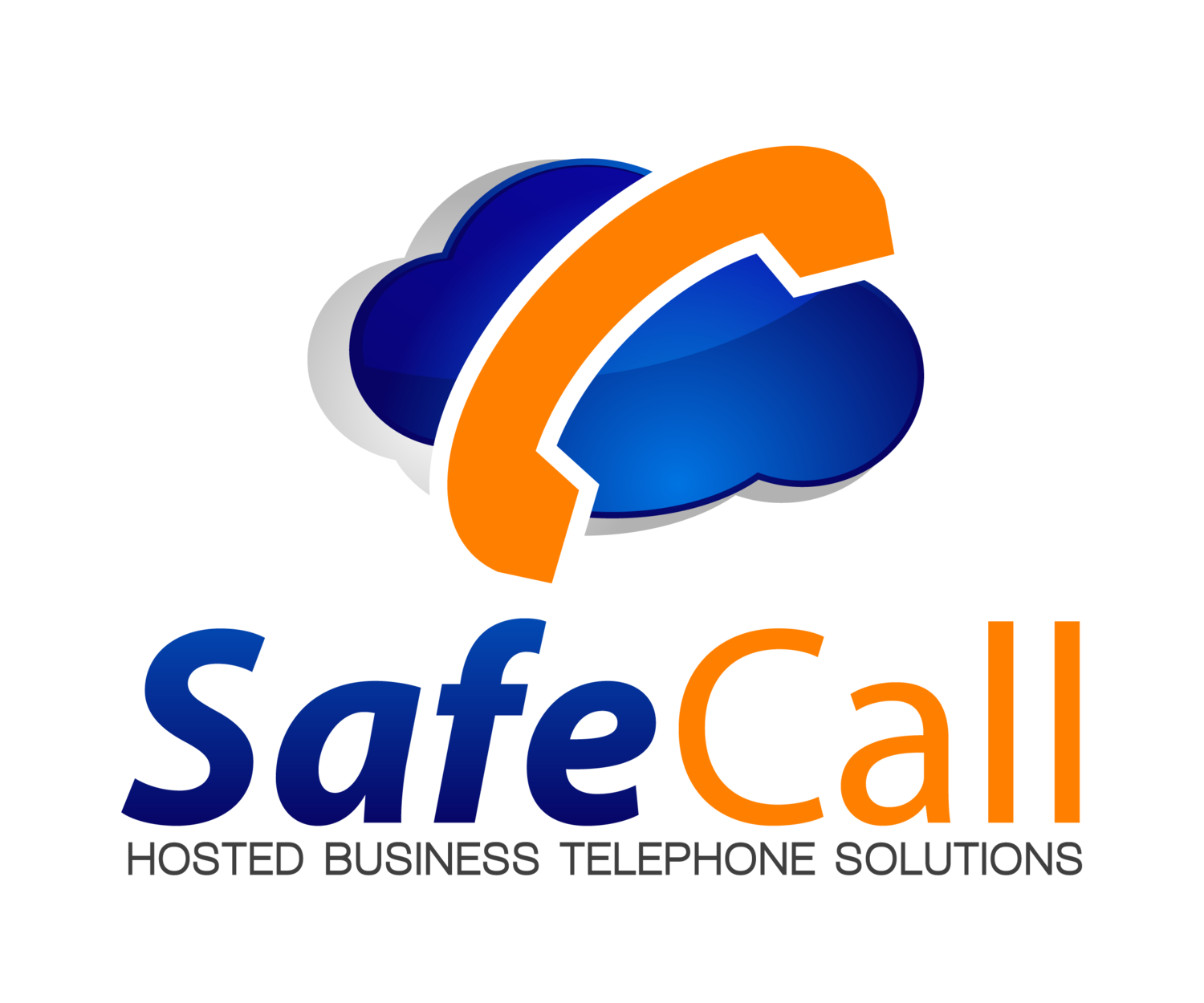Kari’s Law - What You Need To Know
A story that began with tragedy in 2013, February of 2020 marked the deadline for companies to ensure they are compliant with Kari’s Law. Signed into law in 2018, the law will impact every currently installed multi line phone system as well as multiline telephone systems installed for businesses moving forward. Follow along with SafeCall’s team as we talk about how the law came about, what the law requires, and the various channels of your business that will be impacted.
Why Kari’s Law Is So Important
Kari’s Law, a result of the efforts of Hank Hunt working with the FCC and Congress, came to be signed into law in February of 2018 following the murder of Hunt’s daughter in a hotel room by her estranged husband. During the incident, the victim’s daughter tried to dial 911 through the hotel room’s phone. However, the call failed to go through because the hotel’s multi line phone system required input of 9 as a prefix for all outgoing calls, including emergency calls. Hunt’s efforts finally resulted in Kari’s Law, named for his daughter, which places very specific requirements on multi line business telephone systems intended to promote the safety of those relying on the phone system for communication during emergencies.
The Time for Compliance is Now
Though it was passed in February of 2018, the deadline for companies using multiline telephone systems to become compliant with Kari’s Law was extended out to February of 2020. This gave service providers and organizations the necessary time to reconfigure existing systems and for companies offering multi line telephone systems as a business service the time to add the necessary functionality in order to be compliant with the law’s two main requirements.
Mandatory Direct Dial of 911
Manufacturers and any merchant involved in the leasing, selling, installation, or configuration of multi line business telephone systems must preconfigure the products to allow users to dial 911 directly. The systems are allowed to also include their default settings for dialing all numbers, including emergency calls. This means users unfamiliar with the systems settings can dial 911 easily, while those who use the calling system regularly and who out of habit default to dialing the prefix can still easily dial for emergency assistance.
Secondary Notification
For the sake of liability and safety, it’s important for a business to know what’s happening on their property. Kari’s Law requires the MLTS to be configured so that when an emergency call is placed, the system also notifies a designated individual or office within your organization that an emergency call has been placed, a call-back number to the originating line, and the locational information conveyed to emergency services.
All Phone Lines on a Multiline Telephone System?
The short answer is yes, every United States-based line in your MLTS must be compliant with both of the above provisions. Compliance includes remote employees or employees who access your phone network through a cloud-based device. However, additional legislation requiring the transmission of a dispatchable address in conjunction with the emergency call is optional.
Don’t Be Fined, Be Compliant
As of the middle of February 2020, the FCC is able to fine companies for non-compliance. If you have a system already installed, contact your service provider to ensure that they have updated your system - or consider trading your current system in as part of our SafeTrade program . If you’re looking for a new business phone installation, contact SafeCall’s team of professionals to receive a quote and find out how we can help your business improve its communications readiness and remain compliant with the law.
